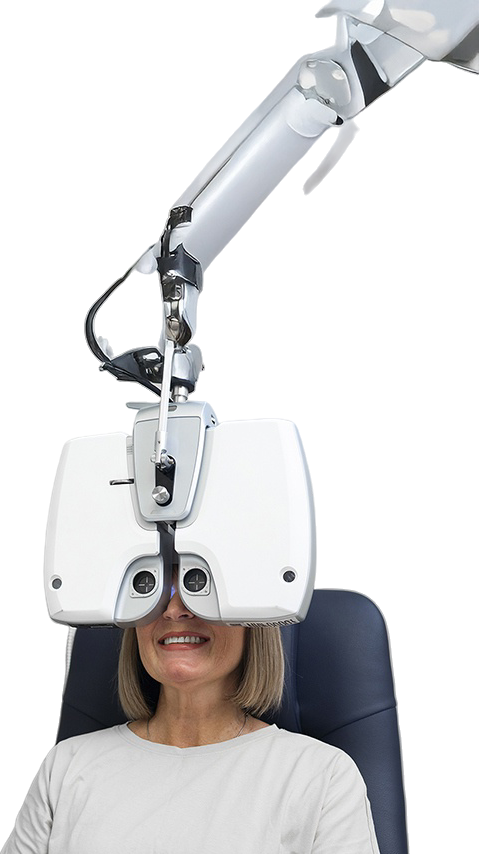Understanding PRK and LASIK: Permanent Vision Correction Solutions PRK (Photorefractive Keratectomy) and LASIK (Laser-Assisted In Situ Keratomileusis) are two of the most trusted and effective laser vision correction procedures available today. Both are designed to reduce or eliminate dependence on glasses or contact lenses by reshaping the cornea and correcting common vision problems such as myopia (nearsightedness), hyperopia (farsightedness), and astigmatism.
PRK involves gently removing the outer layer of the cornea before applying the laser to reshape it. It’s an excellent option for patients with thinner corneas or those who may not qualify for LASIK. Recovery may take a bit longer, but results are just as impressive.
LASIK uses a specialized laser to create a thin flap in the cornea, which is lifted so the underlying tissue can be reshaped. The flap is then repositioned, allowing for a quicker recovery and minimal discomfort.
At Eyes Color Lab, we don’t just focus on aesthetic vision changes, we also offer solutions that restore your clarity, confidence, and freedom. Our experienced doctors use the latest laser technology to ensure precision, comfort, and outstanding outcomes


Dr. Sergio Morello, Jr is an ophthalmologist specializing in laser cataract surgery, corneal transplants, pterygium surgery and refractive surgery for myopia, hyperopia and astigmatism, as well as in the management of external eye diseases such as blepharitis and dry eyes.
His medical degree was awarded in 1983. He completed his ophthalmology residency at the University of Sao Paulo in 1986. He then received fellowship training in Cornea and External Disease at Boston University.
He is a member of the American Academy of Ophthalmology, American Society of Cataract and Refractive Surgery, Pan American Ophthalmological Society and Brazilian Council of Ophthalmology.
During his fellowship Dr. Morello published several papers on the role of growth factors in wound healing and co-authored a chapter on keratoconus in a textbook of corneal disorders. He has also given many presentations at national and international ophthalmology meetings.
PRK is a highly effective laser vision correction procedure designed to improve how light is focused on the retina, helping reduce or eliminate the need for glasses or contact lenses.
During PRK, the outer layer of the cornea, called the epithelium, is gently removed. A specialized laser is then used to reshape the underlying corneal tissue, correcting refractive errors such as nearsightedness, farsightedness, and astigmatism. The epithelium naturally regenerates over the following days as the eye heals.
Key Benefits of PRK: No flap is created, unlike LASIK — preserving the structural integrity of the cornea. Ideal for patients with thin or irregular corneas.
Fast recovery time — most patients heal within a few days to a week. Stable, long-term results — vision typically sharpens and stabilizes within a few weeks.
PRK is a safe and time-tested alternative for those who may not be candidates for LASIK but still want the freedom of clear, unaided vision.
PRK is a highly effective laser vision correction procedure designed to improve how light is focused on the retina, helping reduce or eliminate the need for glasses or contact lenses.
During PRK, the outer layer of the cornea, called the epithelium, is gently removed. A specialized laser is then used to reshape the underlying corneal tissue, correcting refractive errors such as nearsightedness, farsightedness, and astigmatism. The epithelium naturally regenerates over the following days as the eye heals.
Key Benefits of PRK: No flap is created, unlike LASIK — preserving the structural integrity of the cornea. Ideal for patients with thin or irregular corneas.
Fast recovery time — most patients heal within a few days to a week. Stable, long-term results — vision typically sharpens and stabilizes within a few weeks.
PRK is a safe and time-tested alternative for those who may not be candidates for LASIK but still want the freedom of clear, unaided vision.


